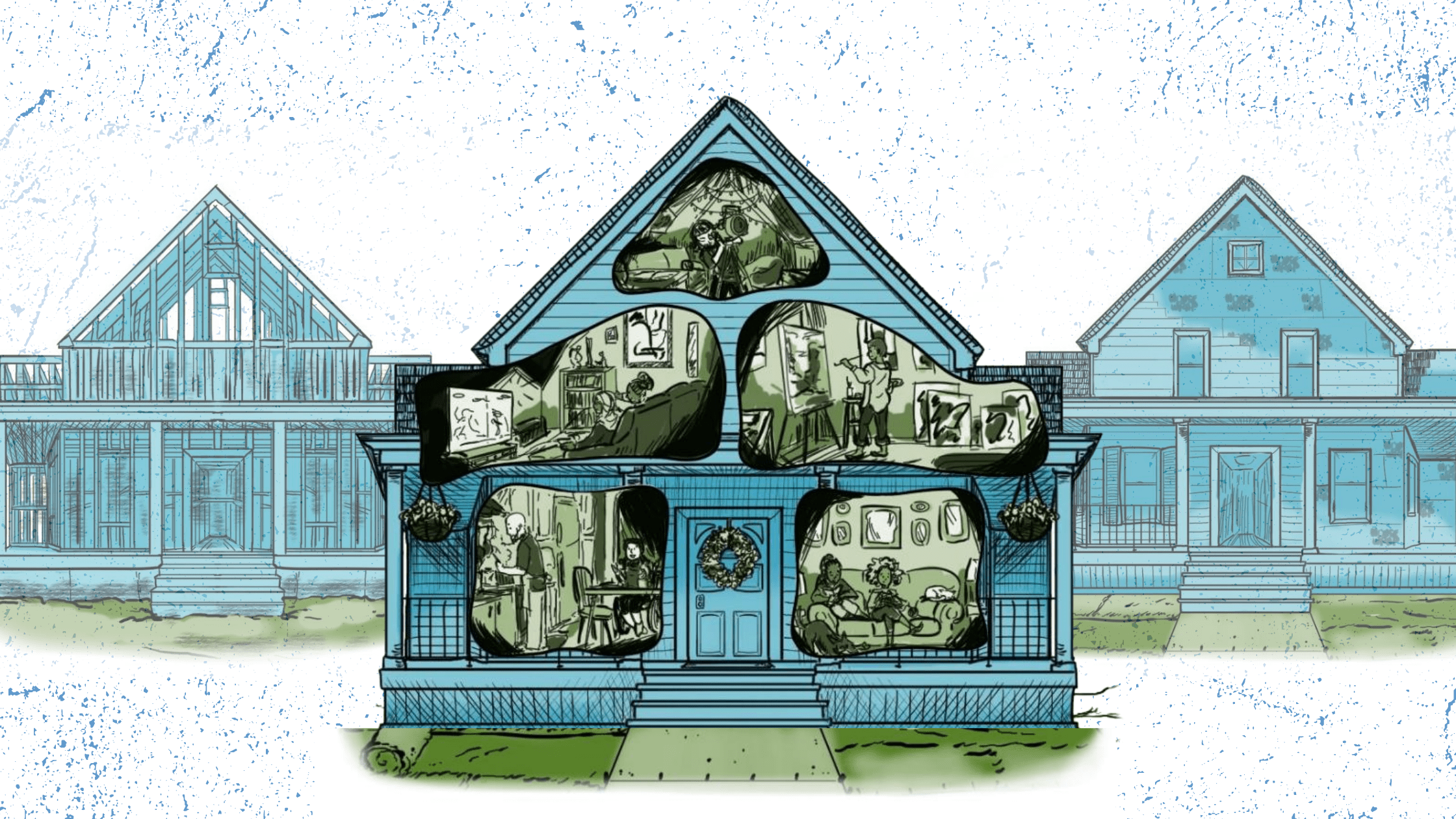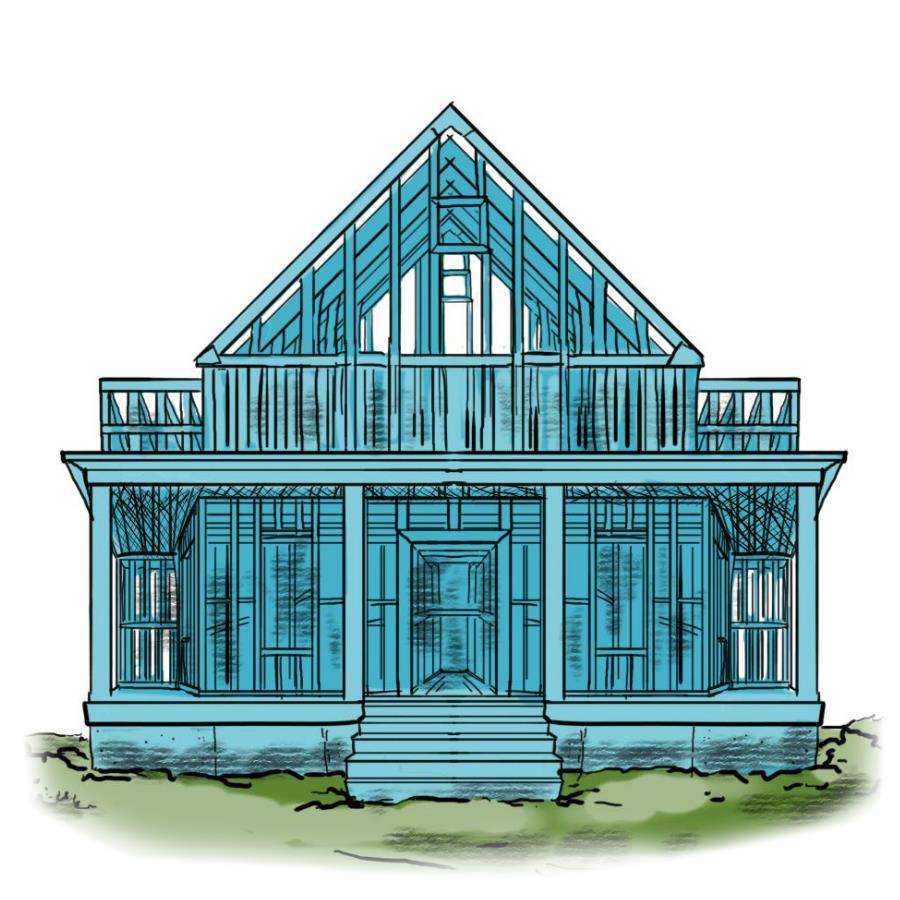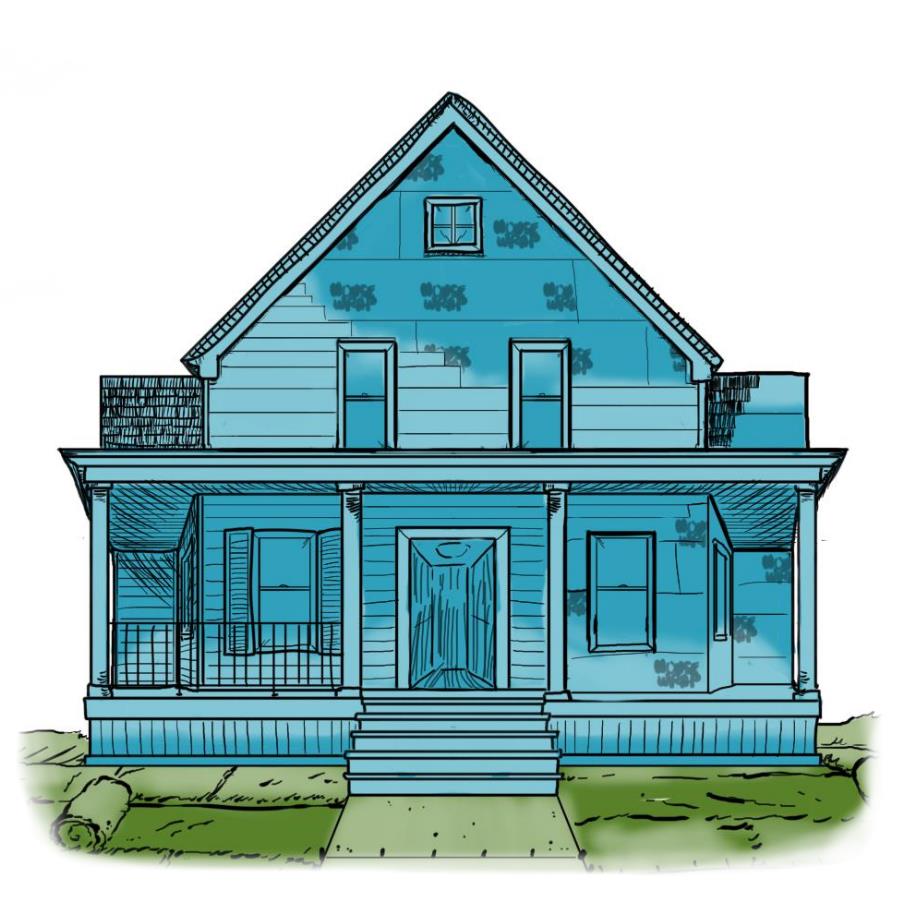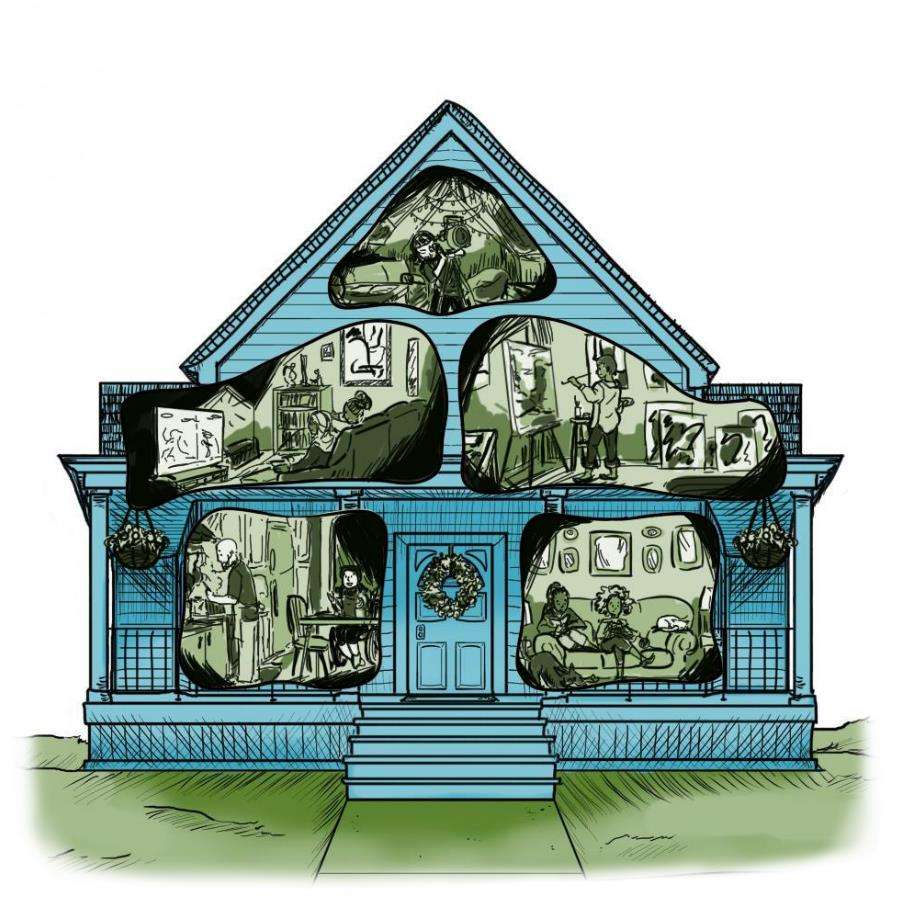
We Need a Healthy Community Impact Sector: Here’s Why You Should Care
By: Annika Voltan, Executive Director & Sandra McKenzie, Co-founder of the Forge Institute
There is a community impact sector in Nova Scotia made up of thousands of people that are working hard to make this province the place you love.
They have been working tirelessly behind the scenes to ensure no one is left behind.
Now, it must rise, transformed from the pandemic.
Here’s why you should care…
Our community impact sector includes the nonprofit and voluntary organizations that offer supports and services not covered by government or business. They are fueled by passion and purpose, not profit. Their impact is vast and touches social services, culture and recreation, housing supports, environmental work, education. In many ways, they are extensions of government services aimed at improving quality of life and ensuring people don’t fall through the cracks.
Throughout the COVID-19 pandemic, these organizations adapted and innovated under the most difficult circumstances. They cared for the vulnerable and found ways to connect, despite having to be apart. They struggled with needs that grew faster than resources could keep up with as social and economic disparities increased. But COVID only shed a light on what was already a fragile, worn-out and inequitable system. It’s time now to help the helpers so they can continue to do the work they’re committed to.
Balancing the Stool
The community impact sector has been described as the necessary third leg of a our societal “stool”, alongside the public (government) and private (business) sectors. In his book, The Third Pillar, Raghuram Rajan describes the community impact sector as a pillar, holding up society alongside the state and markets. He stresses the importance of balance between the sectors to achieve the kind of world we all want to live in.
But what this analogy fails to capture is why any of us should personally care if one of the legs of the stool is wobbly. What if the pillar is out of balance?
Another Analogy: Creating a Home
Perhaps a better analogy imagines the three pillars of society as the stages needed for creating a home.

In the first stage, we need a solid foundation, structure and systems that ensure the house will hold up over time, stay dry and warm, offer electricity and water. This stage is built by the state (public) pillar through expenditure decisions by government. We can deliberate the size of the house we build, how it is organized and how much it costs. We can participate in elections and join organizations to influence decisions. But we don’t debate whether we need it. We understand that the things we care about – education, healthcare, the roads we drive on and our social and economic prosperity – rely on a strong foundation, solid framing and a good roof. A quick global scan shows what happens when war and civil unrest preclude governing structures from functioning; chaos ensues. Reliable, predictable governance is foundational to our economic health and civil society.
The second stage, built simultaneously with the first, requires financing and income to put the finishes in place and afford to live in the house over time. This is our economic (private) pillar, or the way markets and business shape how we work and exchange funds. It supports the government’s budget and affects its systems and structures. We can argue about how much to contribute to the budget, what the budget is used to purchase and who gets to withdraw funds. But we generally accept that business owners, the workforce, consumers and service providers engage in the economy to create income, advance personal goals and that, through taxation, they contribute to maintaining and renovating our collective house. This direct, tangible relationship means the private and public pillars have a vested interest in each other’s motivations and decisions.

Once the floors are laid and the fixtures are hung, there’s a final stage that needs to happen to make that house a home. If you’ve been to a model home set up for sale, you know that even with furniture in place something intangible is lacking. It’s not until we bring love into a space – through evidence of family, shared meals, art, personal touches that speak to who we are and our life experiences – that the house becomes a home. This is where the community pillar comes in. These organizations weave the fabric of our communities so that no one is left behind. While this work can be invisible, without them the most privileged among us may still have jobs and access to the basic services needed to be healthy and educated, but we would be missing the mosaic of activities that help us feel a sense of belonging. The community impact sector is an extension of our hands and hearts to care for others and create this place we call home.

What would happen if we had a greater understanding of the fact that the very things we value about ourselves as a community, the way we live and the things we think are important, are advanced every day by people who go to work to make sure we are place we believe we are? Would we value them more and ensure they had what they need to do their work?
“Somebody should do something about that”
How many times have you been in a conversation about a story of injustice, terrible luck or natural disaster and heard someone say, “somebody should do something about that”? Chances are, somebody is doing something, and they can be found in the community impact sector.
Much like government and businesses, our community impact sector is multi-faceted and made up of organizations with a wide range of missions aimed at increasing our quality of life. They include amateur sport, local theatre, community gardens, food banks, emergency shelters, newcomer services, support programs for seniors, low-income housing, accessible health care, legal supports, counselling services, breakfast programs, art galleries, animal shelters and cultural celebrations – and many more. The sector employees 20,000 people, 68 percent of whom are women, working in 6,000 organizations across Nova Scotia. They are growing our collective resilience a person at a time.
They were, and continue to be, in the frontline fight against COVID. They are leaning in as we open up again, inviting people into community centres, running recreation programs and helping people to find jobs, rebuild their lives and reconnect in a world that looks very different. Without them, the gap between those who have and those who have not, grows wider and deeper. They are the heartbeat of who we are, the way we care and how we lift each other up.
There’s no question – they have a big job! So, it’s up to the rest of us to help make sure they have what they need to be effective and impactful.
Unraveling a Ball of Silly String
Because this sector operates largely in the shadow of government and business, it is the least understood pillar of society. Complex and disconnected governance, and funding and reporting mechanisms that distract from core purpose have led to a general lack of focus and clarity needed to tackle complex societal challenges. Funding is typically piecemeal from government grants, one-off opportunities to deliver a program, and unpredictable donations. It is precarious, subject to change at a moment’s notice and pulled off focus by ever-shifting priorities. Each funder requires different reporting, accounting and impact measures. No one wants to provide core funding, so small administrative grants are pieced together to create the structure necessary to meet funding and reporting requirements. Professional development funding is rare, yet front line staff deal with the thorniest of society’s challenges.
Amazingly, organizations manage to carry out their work despite the ball of administrative silly string they have to navigate. But it’s at a cost. People are burned out and struggling to care for themselves, making it increasingly hard to care for others. Lower salaries, lack of benefits and lack of job security make it difficult to attract and retain talent. The sector was hanging together at best before COVID, but has been pushed over the edge.
The solutions may lie in how we conceptualize the problem. There is a strange phenomenon that plagues the community impact sector – organizations are often encouraged to “work themselves out of a job”, as if poverty is a temporary problem.
Interestingly we don’t feel that way about health care or education. In these cases, we know there is no one and done. We know there will always be people that need health care services, there will always be a need for a health care workforce, and we care that a high standard is achieved for service delivery. We know that education is an ongoing commitment for us to have a high quality of life. We wrap whole government departments around health and education, and engage in healthy public debate about funding, structure and delivery. We may not personally have children in school or have an immediate need for healthcare, but we care that those systems are in place.
The same cannot be said for the community impact sector. These organizations are working to make us all healthier and happier – by supporting people with mental health issues, offering programming for healthy lifestyles, providing opportunities for arts and culture, running childcare programs, and providing wraparound services to individuals and communities. They are the band-aids when systems don’t work, the safety net for those who have fallen and the social and recreational outlets which keep us active and connected. It’s time to recognize that they not only make society work better, they make our foundational systems work better too.
Tackling intergenerational poverty, inequities and racism are not transitory challenges, but the current model still conceptualizes most community organizations as one off, time-limited efforts. The climate created by piecemeal funding encourages competition over collaboration and leaves little room to achieve the synergies that organizations know will work, but can’t achieve, without a coordinated approach. Solving complex societal challenges will take a sustained effort, delivered by organizations designed and supported to achieve change.
What if we acknowledged that the societal challenges the community impact sector is dealing with are going to be with us for the foreseeable future and supported organizational transformation, developed comprehensive funding models and streamlined reporting? What if we invested in professional development for staff to ensure that they had the best skills to tackle the most complex problems? What if we agreed that the best way to achieve our goals as a society is through the community impact sector and cleared a path for them to do it?
Exploring Transformation in the Community Impact Sector
Over the next several months, the Community Sector Council of NS will be hosting conversations aimed at generating ideas for changing how we support community organizations. To accompany these conversations, we’ll be exploring the issues at a deeper level through a series of articles looking at:
- Alternative Funding Models
- Workforce Renewal
- Re-Imagined Governance
We hope to convince you to care not only about the work these organizations do, but also about whether they have what they need to do that work.
Because we are all in this together.
We want to hear from you!
Please consider taking a few minutes to share your ideas for sector transformation and recovery!
Share Your Ideas Here!
0 Comments
Trackbacks/Pingbacks